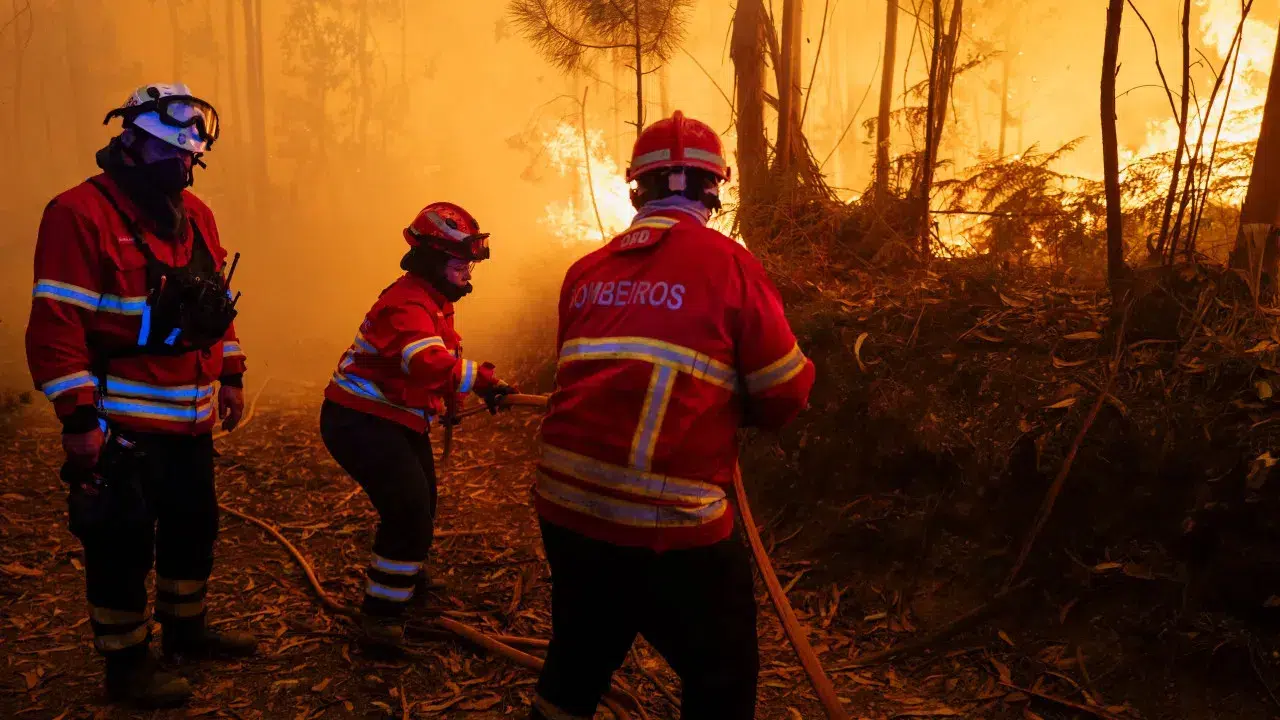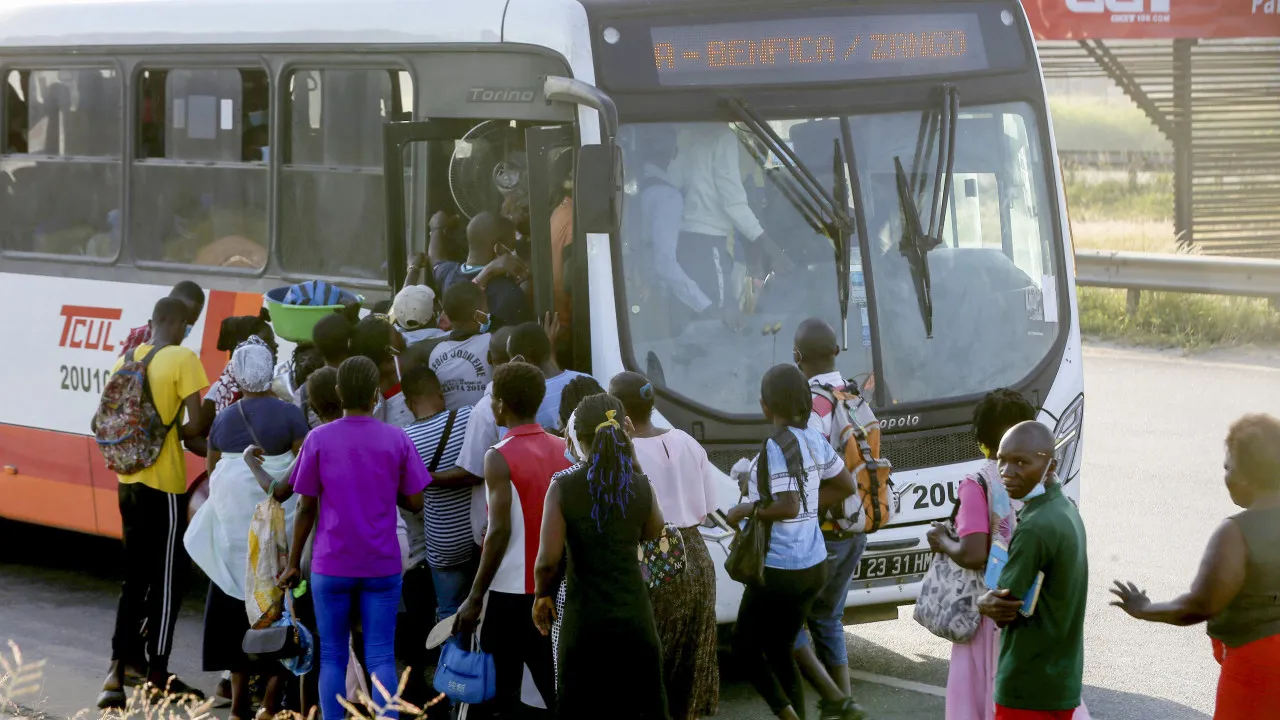
Angola’s Finance Minister, José de Lima Massano, announced that the country maintains free monthly balances of $200 million, stemming from an agreement with China reached in March of the previous year during a visit by the Angolan President, João Lourenço, to the Asian country.
In earlier statements to the press, Massano noted that the schedule for repaying a $17 billion debt (approximately €15.66 billion at current exchange rates) to China has not been modified. However, the installment payments, part of which were set aside to build a guarantee reserve, have been reduced, allowing for the release of approximately $150/$200 million each month.
Speaking at the second edition of “Economics Talks 100 Makas,” held under the theme “Where is the Angolan Economy Headed?”, the Angolan minister mentioned that the time for renewing this facility is approaching.
“We now have an average of $200 million in free balances each month. This arrangement has enabled us to meet our debt servicing obligations with relative security. Financial system operators are also aware that by the end of each month, we invariably have some currency available for sale, which is a result of our agreement with China,” he emphasized.
The minister further explained that, in the month following the agreement, Angola received an inflow of $600 million (€537.4 million), a timely sum considering they were due to repay foreign debt of a similar magnitude.
“We took the $600 million and cleared it,” said the minister, reaffirming that the monthly arrangement of about $200 million in free balances contributes to financing the current year’s General State Budget (OGE).
The State Minister for Economic Coordination emphasized that funding for projects is secured, noting the intentional growth of investment expenditures in this year’s OGE. This was aimed at taking advantage of existing financing lines that the country is not fully utilizing.
“Although we have the financial means to fund primarily projects, we do not always have the budgetary room to carry out this spending,” the minister explained, noting that not using these financing lines also incurs costs to the state through the payment of fees and commissions.
José de Lima Massano pointed out that “the challenges in resource mobilization mainly arise in support of the treasury,” highlighting the importance of removing subsidies on fuel, energy, and water.
The public investment volume currently stands at more than 1,400 projects, some of which are large and impactful in areas like water, energy, health, and education. The financial envelope envisioned for the 2025 budget is primarily allocated for the fuel subsidy, the minister outlined.
According to the minister, expenditures funded by ordinary treasury resources, primarily derived from tax payments, “are insufficient” to meet all the intentions in the budget.
“Regarding public investments, there is a solution for the 1,400 projects. However, some projects remain outstanding without guaranteed financing, but they are critical and we must continue seeking ways to implement them. The main issue, in fact, is treasury support for expenses not linked to financing,” he emphasized.




